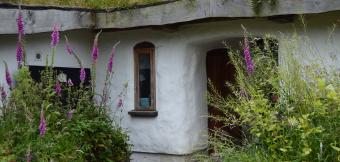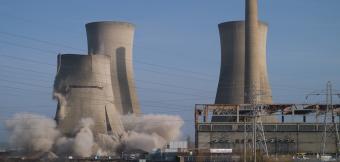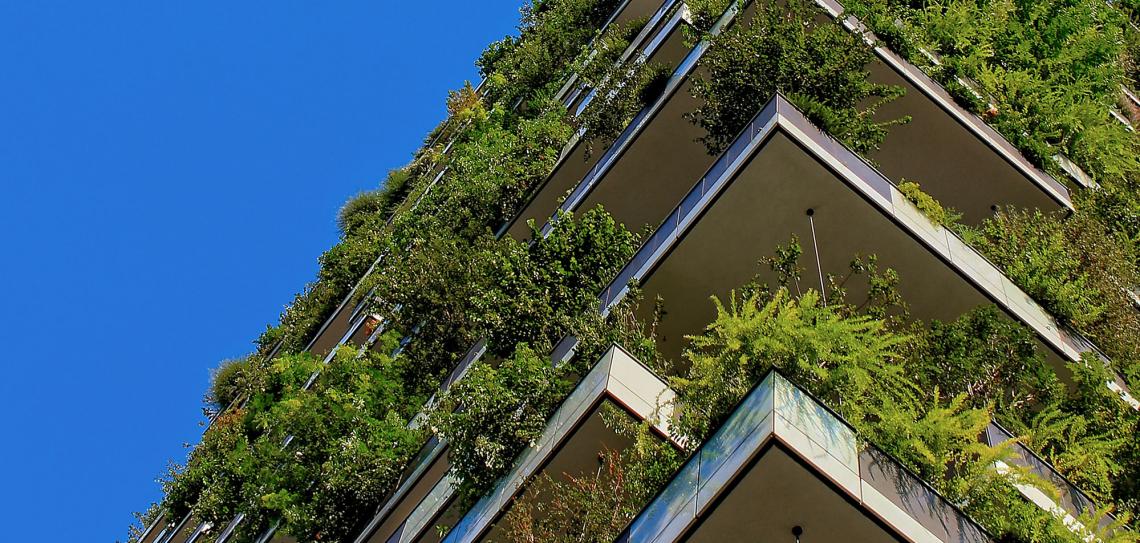
Choose green building standards
Most countries have legal codes to ensure new buildings meet quality and safety levels. However, these usually set low standards for energy and water efficiency, impact of materials, waste disposal and air quality. Choose a higher green building standard and lobby for stricter codes.
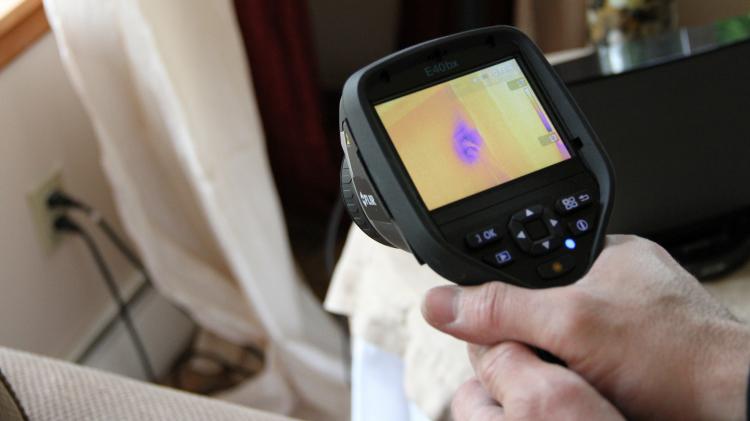
The need for better building standards
In many countries, the environmental requirements in building codes have been getting stricter in recent years. This is welcome, but with regard to climate change they aren't strict enough. For example, in 2019, the UK Committee on Climate Change warned that the UK’s legally-binding climate change targets will not be met without the elimination of greenhouse gas emissions from UK buildings. Their report identifies five priorities for Government action which provide a model for governments in all countries.
- Performance and compliance. The way new homes are built and existing homes retrofitted often falls short of stated design standards. Widespread inspection and enforcement of building standards is needed, with stiffer penalties for non-compliance.
- Skills gap. A skills gap is holding back important steps in reducing emissions. A nationwide training programme could plug this gap by investing in new designers, builders and installers of low-carbon heating, and measures to improve energy and water-efficiency, ventilation, thermal comfort and property-level flood protection.
- Retrofitting existing homes. Existing homes should make increasing use of heat pumps. The uptake of energy efficiency measures like loft and wall insulation must be accelerated. Upgrades to existing homes should include shading and ventilation, measures to reduce indoor moisture, improved air quality and water efficiency and property-level flood protection.
- Building new homes. New homes should be built to be low-carbon, energy and water efficient, and climate resilient. From 2025 all new homes should be heated by low-carbon energy, have ultra-high levels of energy efficiency, and be timber-framed. New laws are needed to reduce overheating risks, increase water efficiency, ensure flood protection, guarantee green spaces and provide for pedestrians, cyclists, public transport and electric vehicles.
- Finance and funding. There is a need for Government funding for low-carbon sources of heating and better resources for local ‘building control’ departments. Green mortgages should give preferential rates for owners of energy-efficient and low-carbon homes and green loans to cover the upfront costs of home sustainability improvements.
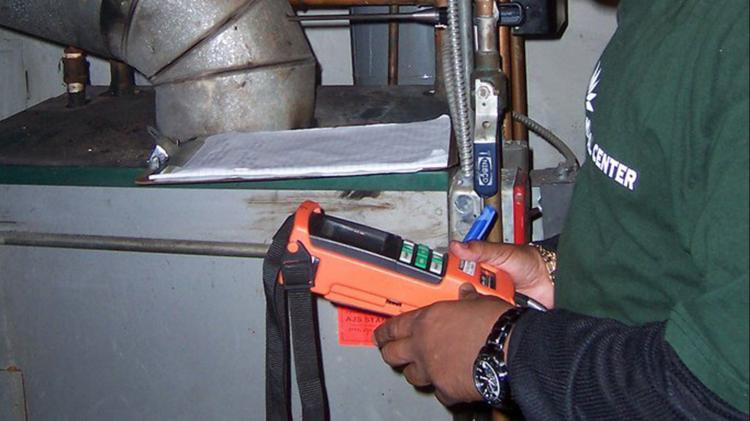
What is a rating system?
Ratings systems evaluate the environmental performance of buildings using indicators in different categories. These systems allow transparency and comparison of performance throughout a building’s lifespan. The indicators have expected performance values that must be achieved, with some having a simple pass/ fail rating and others a series of thresholds. The indicators are all combined to obtain a total rating for the building.
All environmental building standards measure roughly the same five areas:
- Construction materials – both the embodied energy and the damage to nature required to extract, process, transport and install the materials. See Action 39: 'Build with green materials'.
- Construction practices and waste - energy, water and materials used during construction, waste from the construction process and the likely lifetime of the building
- Energy efficiency – the amount of energy required to provide heat, light and appliance power for the finished building. Many standards also include energy generated by the building, for example by solar panels.
- Water efficiency - the total water consumption of the building and the protection of water quality, including sewage processing
- Indoor air quality – the amount of volatile organic compounds and other air impurities such as microbial contaminants. All buildings need a ventilation system to provide clean air and control damp.
Some green building standards
Passivhaus/ Passive House is probably the world's most rigorous standard for energy efficiency. Achieving such high standards has required technical innovations in heating, glazing, lighting, air circulation and passive solar gain. The International Passivhaus Standard requires that:
- Total energy consumption must not be more than 60 kWh/m2 per year (UK average = 172 kWh/m2 per year) Gill, Z.M., Tierney, M. J. , Pegg, I. M. & Allan, N. (2010) Measured energy and water performance of an aspiring low energy/carbon affordable housing site in the UK. Energy and Buildings 43, 2010,117–125.
- The building must not leak more air than 0.6 times the house volume per hour
Note that unfortunately passvihaus has no requirements on what the building is built of - so it can be built entirely of low impact materials, or of concrete, steel and oil-based insulation.
Active House is a new standard that is growing globally which does take into account embodied impacts alongside energy efficiency and human health. It advises on elements that are important to human life and living in their home. The Active House label can be issued to buildings that have been evaluated in accordance with the Active House specifications and meet the minimum demands for indoor comfort, energy efficiency and environment.
The Living Building Challenge is an international certification program described as a philosophy, advocacy tool and certification program. The challenge is an attempt to raise the bar for building standards from reducing harm to contributing positively to the environment. It considers seven performance areas: materials, place, water, energy, health and happiness, equity, and beauty. Certification is based on actual, rather than modeled or anticipated, performance.
BREEAM (The Building Research Establishment’s Environmental Assessment Method) includes measures for energy and water use, the internal environment, pollution, transport, materials, waste, ecology and management processes. It uses a straightforward scoring system to allow the certification of individual projects anywhere in the world. Note that only the BREEAM 'Outstanding' category includes really effective energy efficiency standards.
LEED (Leadership in Energy and Environmental Design) was devised by the United States Green Building Council. The system is credit-based, allowing projects to earn points for sustainable sites, water efficiency, energy and atmosphere, materials and resources and indoor environmental quality. LEED can also award points for innovative design and materials. A building requires 40 points for certification. Silver level requires 50 – 59 points, gold 60 – 79 points and platinum 80 – 110 points. Platinum standard shows a building meets consistently high environmental standards.
Always make sure you obtain experienced advice on the practicalities of the various green building options for your project, including in relation to local building control and planning issues.
Picture credit: 1) Ricardo Gomez Angel - unsplash.com 2) EE Image Database - https://www.flickr.com/photos/eeimagedatabase/28558546374 3) Community Environmental Center - https://www.flickr.com/photos/communityenvironmentalcenter/4034593995/i… under creative commons https://creativecommons.org/licenses/by-nc/2.0/
Choose the highest standard you can afford
Make sure all home improvements increase your home’s energy efficiency
Lobby for new homes built locally to adhere to better green building standards
Campaign for green building standards to be standardized and adopted globally

